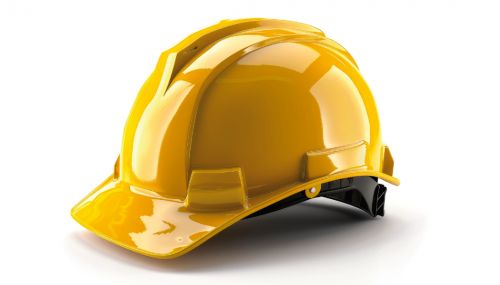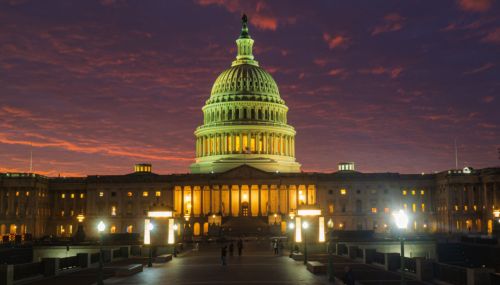All
What to Do If Your Bank Fails
by Marty Kirshner, CPA, MSA & Joe Ciccarello, CPA, MST Gray, Gray & Gray, LLP

Important information on keeping your money safe
High profile bank failures have recently returned to the headlines. While the financial situation is markedly different than the crisis of 2008, seeing such prominent institutions topple is unsettling. And there is no guarantee that the federal government will take the extraordinary measure of “making whole” depositors in every case. What if it happens to your bank?
The chance of a bank failing is very remote. Over the past 10 years, less than 1% of banks insured by the Federal Deposit Insurance Corp. (FDIC) have failed each year. Still, business owners have seen it happen and may want to take steps to prepare, “just in case.” Here are some recommendations.
• Keep an eye on account deposit amounts. The FDIC insures up to $250,000 per depositor, per institution, per deposit category. That means you can have up to that amount in each business account, single personal account, and joint personal account at the same bank and all three would be covered. However, most banks carry additional insurance over and above FDIC. Ask your bank if they have this additional coverage on deposits, and what the limits are. If there is no extra insurance, you may want to look at other banks.
• Spread your money around. If your deposits exceed the $250,000 limit, you might want to split up your accounts across multiple banks. But check any loan covenants you may be party to before making that move. Many lenders require a business to keep all company accounts with the bank or be in default. You may still want to put your personal accounts in another bank and establish a relationship there.
• Have an emergency fund. Open an “emergency” business account at a separate bank to ensure you have operating funds should your primary bank fail. You should have enough cash for 30 days of operations (at least). Again, watch the $250,000 FDIC cap.
What Happens When a Bank Fails
If a bank does fail, the FDIC takes over operations and accounts are typically frozen. A “bridge bank” is set up, but only for deposits covered up to the $250,000 limit. This all takes time – usually from several days to a week. You’ll need to quickly figure out exactly how much of your money is frozen, how business functions will be affected, which bills you will be able to pay (see “emergency fund” above), and which can be temporarily delayed.
The FDIC will keep depositors informed of progress. But you are likely to be one among a long line of eager businesses and individuals looking to access their money. You will be required to keep making any loan or line of credit payments to the bridge bank.
You WILL need to find a new bank! If you have a relationship with another bank, you may consider shifting more of your business over. (Remember the FDIC cap!) Or you may choose to start a relationship with a different bank. There may be a temptation to move your money to a much larger national bank, one that is considered “too big to fail.” If you do that, you might encounter higher fees, transaction limits, and lower interest rates on deposits than you’ll experience at small banks or online banks. Plus, you are still only insured for up to $250,000.
Don’t be embarrassed about being caught in a situation that was not your fault. Communicate early and openly with employees, vendors and customers. Let them know you may make some payments a few days late. Most vendors will understand and work with you, especially if you have established a reliable payment record with them previously.
Hopefully the financial markets will soon stabilize, risks will diminish, and we can all get back to focusing on finding our next employee, serving our customers, and growing our businesses.
Marty Kirshner and Joe Ciccarello are Partners in the Energy Practice Group at Gray, Gray & Gray, LLP, a business consulting and accounting firm that serves the energy industry. They can be reached at (781) 407-0300 or powerofmore@gggllp.com.
Related Posts
 New and Improved: NEFI Member Benefits Deliver More Value
New and Improved: NEFI Member Benefits Deliver More Value
Posted on October 17, 2025
 Retirement Accounts Enhance Business and Employee Relations
Retirement Accounts Enhance Business and Employee Relations
Posted on October 16, 2025
 NSC Study: Employees Do Not Feel as Safe as Employers Believe
NSC Study: Employees Do Not Feel as Safe as Employers Believe
Posted on October 16, 2025
 The OBBB and Your Fuel Business: A Summary
The OBBB and Your Fuel Business: A Summary
Posted on September 19, 2025
Enter your email to receive important news and article updates.
